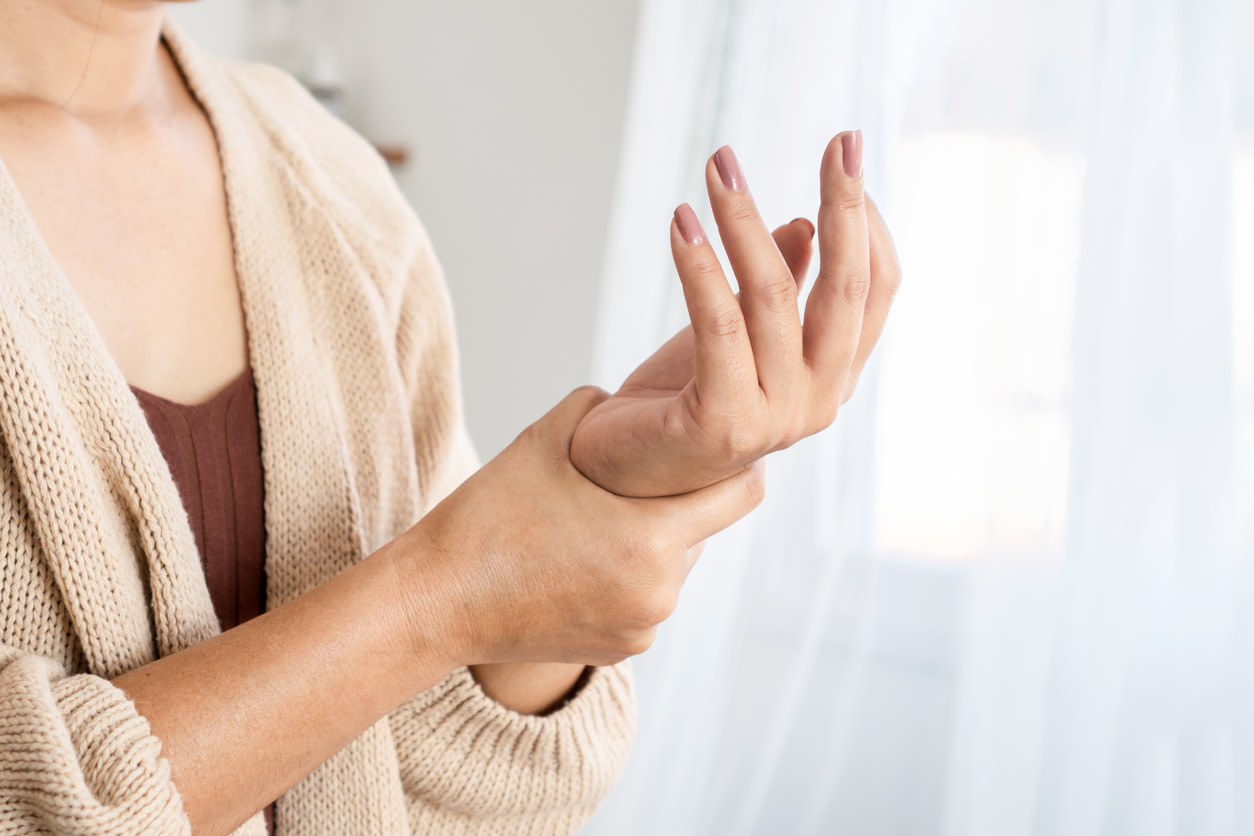Stiff Fingers? Feel Better With These PT-Approved Tips and Exercises
Learn what causes stiff fingers and how to restore hand mobility with exercises from physical therapists.
$0 costo para usted
Última actualización: Sep 1, 2025
El índice
Fully covered hand or wrist pain relief
Find relief from hand pain, wrist pain, finger joint pain, & more.
Check if I'm eligiblePT-Recommended Exercises for Stiff Fingers
¿Quieres atención de expertos? Consulta si estás cubierto por nuestro programa gratuito →- Hand Tendon Glides
- Towel Squeeze
- Finger Extensions
- Hook Hands
- Towel Wringing
- Finger Abduction
